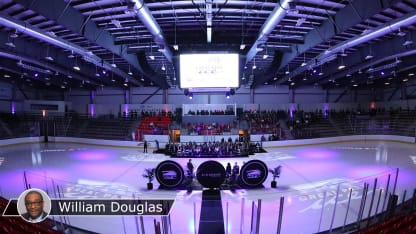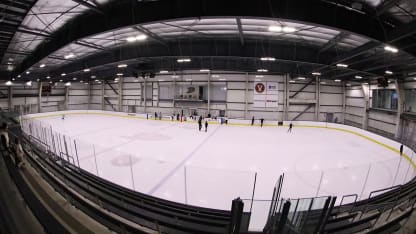"If I have to do homework with my one child while the other one is on the ice, it's a much more inviting environment at Great Park than it is at other rinks," said Ferry, whose four children play hockey at the facility in Irvine, California. "The inside of that rink facility is user-friendly for people waiting as well as the outside."
Ferry also appreciates the environmentally friendly features built into the 280,000-square foot, four-rink facility, the largest ice facility in California, which began operations late last year.
"Doing environmentally-friendly things isn't always cheap, so it's nice that they still factored that into what they were going to do so that when you look at what that [environmental] footprint is going to be in years to come, they're reducing the footprint for what our kids are going to have to deal with in the future," she said.
From using recycled water to make ice to electric-powered ice resurfacing machines to charging stations for electric-powered vehicles and drought-resistant landscaping, Great Park Ice employs the latest tools and methods to create a greener ice facility.
"It's the state-of-the art design for an ice rink," said Deryl Robinson, vice president and senior construction manager for Griffin Structures, the development manager for the project.
So much so that Great Park Ice is pending LEED (Leadership in Energy and Environmental Design) Silver certification by the United States Green Building Council. The nonprofit group grades facilities based on innovation, indoor environmental quality, water efficiency, energy and atmosphere, as well as other criteria.
There are approximately 4,800 indoor ice rinks across North America with an average age of more than 30 years. The NHL, through its NHL Greener Rinks Initiative, seeks to highlight the benefits of adopting sustainable practices to further the future success of local rinks, from old barns to gleaming new facilities like Great Park Ice.



